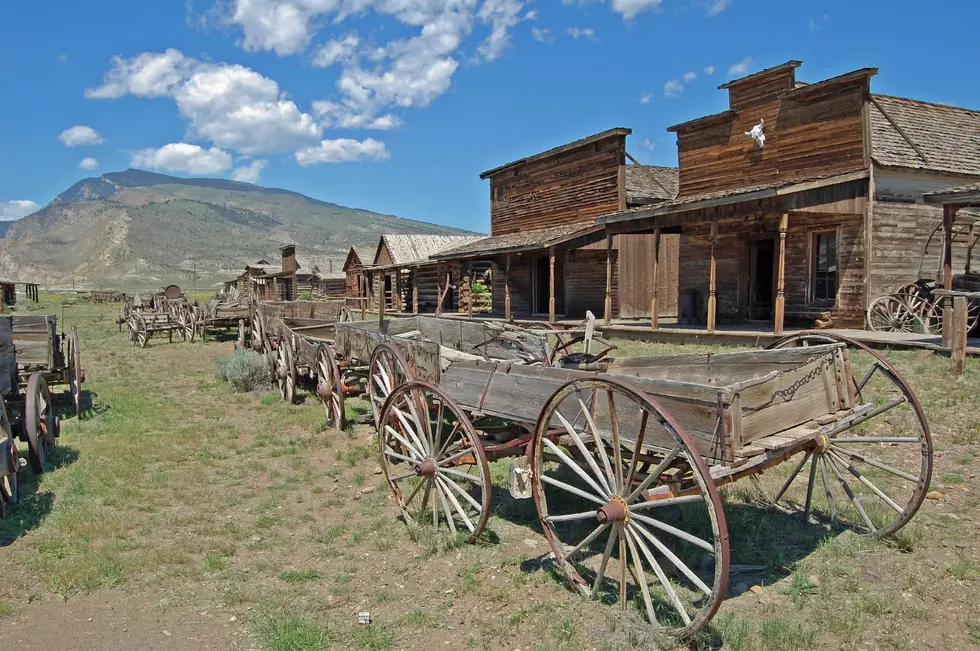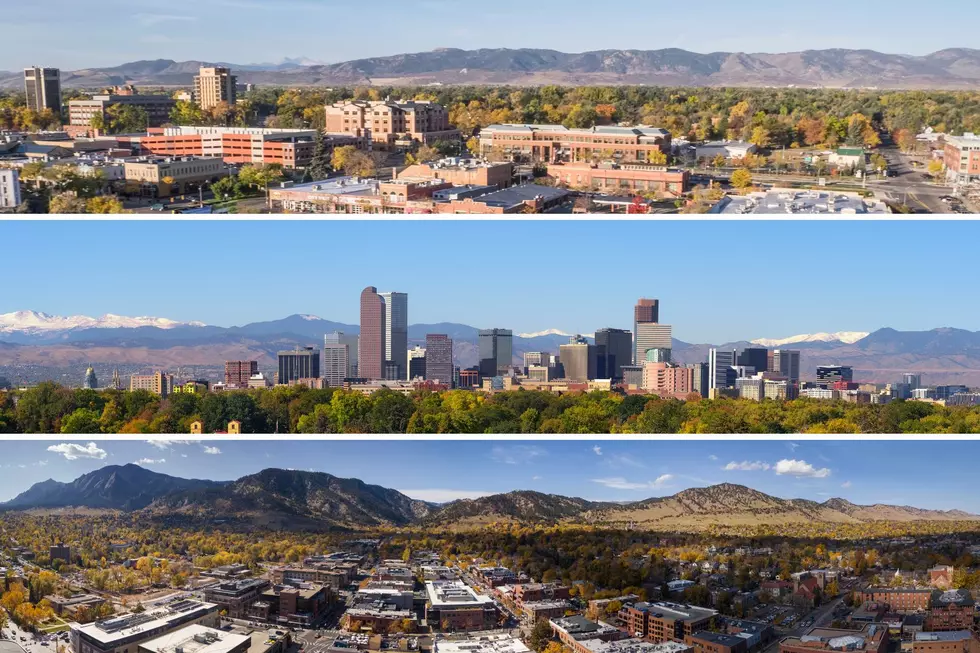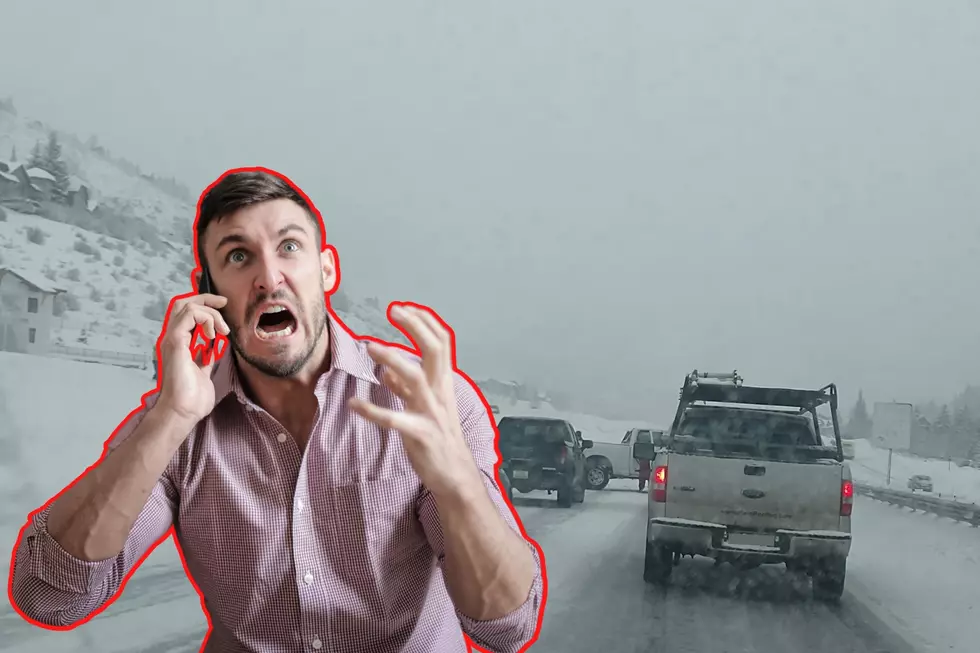
Whatever Happened To The Town That Southern Utah Forgot About?
Utah's history is rich, especially in our corner of the state.
Ghost towns like Grafton and Old Irontown evoke emotions from Utah historians. These places were once vibrant communities that for one reason or another, were abandoned and eventually turned into the ghost towns that they are today.
But nobody seems to remember Hookerton. Or perhaps more accurately, nobody wants to remember Hookerton, the town with the sullied reputation and mysterious disappearance.
Located southwest of St. George (historians disagree as to exactly where), Hookerton was a stereotypical Old West watering hole with one big not-so-secret industry.
Hookerton was home to, well, hookers.
Presumably this town was founded by and named after its first resident, Erastus Weinheimer Hooker. The trapper and fur trader passed through these parts in the 1830s, long before the pioneers found their way here.
Hooker moved on, but returned in the latter party of that decade and built a cabin somewhere near (again, we don't know where exactly) the Beaver Dam Wash.
Before long, as we humans like to do, others built near Hooker's ranch and before long a town was established. Hooker, notoriously introverted, objected to the name "Hookerton," but lacked the gumption or savvy to fight it and the town was named after him.
Like any good western town at the time, a saloon was built, featuring several rooms for traveling guests as well as a general store and even a small bank (reportedly one of the first to be robbed by Butch Cassidy!).
As time went by, Hookerton began to attract the "cowboy" and "drifter" type, men looking to avoid the more religious and pious area of St. George and Santa Clara.
With the influx of men and the mix of alcohol and loneliness came the "world's oldest profession."
"Hookers" began to arrive in Hookerton in the 1850s and the town's population grew to the bulging number of 159 citizens.
As far as historians can tell, Hookerton's population stayed in the 160 range for approximately 25 years. In the mid 1880s the town's literal thirst began to take its toll. Without a reliable water source, the population began to dwindle and by 1885 there were less than 65 people left in the town.
And then the strange part. Some time between 1887 and 1891, Hookerton just disappeared.
Poof. It was gone.
Reportedly cowboys would ride out to where they thought the town was located and only find sand, dust and a lonesome hum where the town used to be.
In fact, there were no signs it had ever existed. No abandoned buildings, no worn trails, no wagon ruts, no human waste, not even the signs of a campfire.
For all intents and purposes, Hookerton was wiped from the face of the earth.
The baffling story of Hookerton has historians and scientists grasping for explanations, with one local history buff saying the town must have been purged by God.
"Maybe what was happening in that town created the need for it to be removed ... permanently," said the local historian, who asked that his name not be used in this article. "This area was very religious and ordained by the Creator in a lot of people's eyes. I believe it's possible the locals just 'prayed it away.'"
Other less religious types theorize that a huge flood came through the Beaver Wash area and the mostly abandoned down was wiped away by the rushing water.
What really happened to Hookerton will likely never be known.
And I have a feeling old Erastus W. Hooker would be OK with that.
LOOK: Route 66’s quirkiest and most wonderful attractions state by state
More From Mix 104.3









